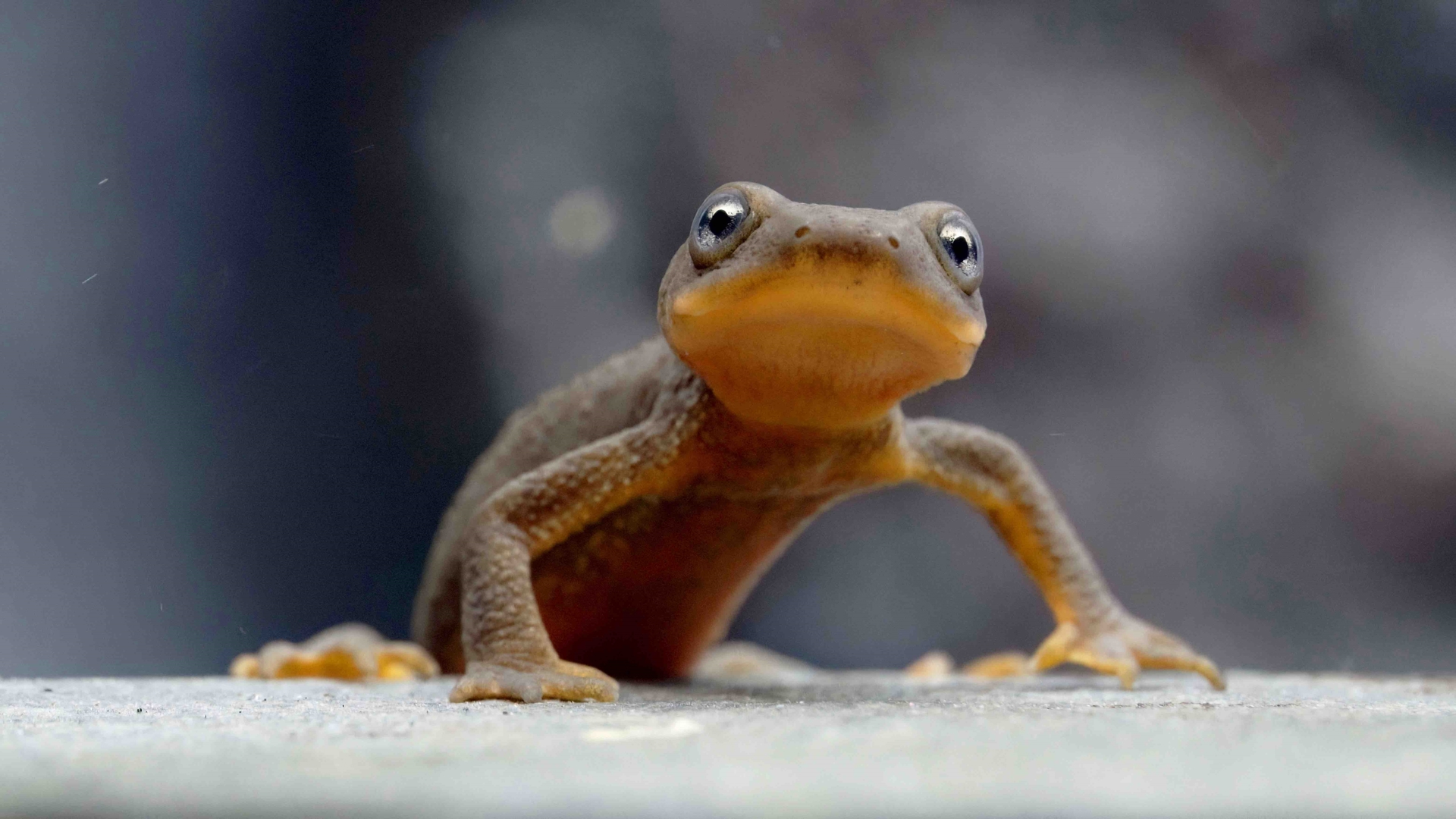PORTLAND, Ore. — Deep in the pristine waters of Crater Lake lives a species found nowhere else on Earth: the Mazama newt. Once a dominant predator in the lake’s cold ecosystem, this brightly colored amphibian has been driven to the edge of extinction by invasive species.
Now, the Oregon Zoo has unveiled a bold new plan to save it.
From Top Predator to Endangered Resident
The Mazama newt, named after Mount Mazama (the volcanic peak that collapsed to form Crater Lake), once thrived as a top aquatic predator. But its numbers have plummeted in recent decades, largely due to the signal crayfish, an invasive species introduced to the lake in 1915.
Also Read
Crayfish not only prey on newts but also compete with them for food. By 2008, surveys found newts across nearly half of the lake. By 2025, sightings were limited to just two small locations less than 1,000 feet apart — a devastating decline that represents just 5% of historic survey sites.
Meanwhile, signal crayfish have spread throughout the entire lake, appearing in every site surveyed this year.
Capturing and Relocating the Survivors
To counter the decline, the Oregon Zoo, working with the National Park Service (NPS) and the High Desert Museum, collected 19 Mazama newts and relocated them to the zoo’s conservation lab.
There, the newts live in carefully recreated habitats that mimic Crater Lake’s cold, clear water. This effort marks only the second time the species has been kept in human care — and the first-ever attempt to breed them outside their native environment.
“The newts are settling in well, which is just what we’d hoped for,” said Oregon Zoo Conservation Keeper Julia Low. “This is only the second time this species has been in human care, and this will be the first-ever breeding effort, so we’re eager to learn everything we can.”
Breeding for the Future
The goal is to establish a stable, genetically diverse breeding population in captivity. If successful, the offspring could eventually be released back into Crater Lake, where NPS continues efforts to control the invasive crayfish.
While 19 may seem like a small number, conservation history offers hope. The California condor program began with just 22 birds, while the whooping crane recovery effort started with only 12 eggs. Both species have since staged remarkable comebacks.
“If it’s done with a geneticist and it’s informed and we manage it properly, I think it can be highly successful,” Low said.
Conservation Partnerships
The zoo’s effort extends far beyond Portland. Alongside NPS and the High Desert Museum, the project involves scientists from the University of Washington, Oregon State University, University of Illinois, San Antonio Zoo, and the Klamath Tribes.
Funding has come directly from zoo and partner resources, as the Mazama newt is not currently listed as an endangered species — a reminder that conservation often requires proactive action before official protections are in place.
Building on a Track Record of Success
Low is no stranger to recovery programs. She has previously worked on conservation efforts for species such as Attwater’s greater prairie chickens, Guam rails, Andean condors, Western pond turtles, pygmy rabbits, Taylor’s checkerspot butterflies, and Oregon’s own Silverspot butterfly.
Her experience underscores the possibility of success for the Mazama newt. “We know how important this work is, and we’re up to the challenge,” she said.
Looking Ahead: From Lab to Lake
The 19 newts currently housed at the zoo are not available for public viewing, but the Oregon Zoo is planning to develop an exhibit where visitors can learn about this rare amphibian and the broader conservation effort.
In addition, future plans include creating an interpretive enclosure at Crater Lake itself, helping the public understand both the fragility of the ecosystem and the resilience of species like the Mazama newt.
A Race Against Time
With the invasive crayfish spreading and wild populations dwindling, the effort comes at a critical moment. “They did studies at the lake in 2015 that showed crayfish are aggressive toward the newts and will predate them,” Low explained. “In addition, they’re eating the same food sources the newts depend on. So it’s both.”
The urgency is clear. Without intervention, one of Crater Lake’s most unique inhabitants could vanish.
“Even though they’re not endangered yet, we knew we had to act,” Low said. “With more newts disappearing every year, now is the time to act to save this species.”












